Year Published
2006
Abstract
A better understanding of commercial
mortgage termination through default
or prepayment has important practical
implications. With their relatively
simple financial structure ¾ one
underlying property and one collateralized debt
obligation ¾ commercial mortgages provide an
ideal economic setting to test the rationality of investors and the empirical applicability of
contingent claim models. For practitioners, the
identification of factors relating to default and/or
prepayment helps efficiently determine not only
the appropriate spreads in the underwriting of whole loans, but also diversification strategies affecting pools of loans by such categories as
property type and geographic location. For fixed income investors, an appropriately specified empirical termination model can provide a structured methodology to incorporate
contemporaneous information in the valuation of
not only whole commercial loans, but also their
securitized counterparts. Moreover, such a model
provides a basis for regulators to set standards efficiently in risk-based minimum capital requirements for both life insurance companies
and commercial banks.
mortgage termination through default
or prepayment has important practical
implications. With their relatively
simple financial structure ¾ one
underlying property and one collateralized debt
obligation ¾ commercial mortgages provide an
ideal economic setting to test the rationality of investors and the empirical applicability of
contingent claim models. For practitioners, the
identification of factors relating to default and/or
prepayment helps efficiently determine not only
the appropriate spreads in the underwriting of whole loans, but also diversification strategies affecting pools of loans by such categories as
property type and geographic location. For fixed income investors, an appropriately specified empirical termination model can provide a structured methodology to incorporate
contemporaneous information in the valuation of
not only whole commercial loans, but also their
securitized counterparts. Moreover, such a model
provides a basis for regulators to set standards efficiently in risk-based minimum capital requirements for both life insurance companies
and commercial banks.
Research Category


